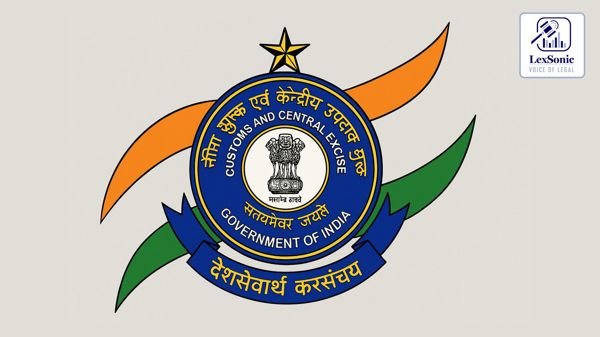A recent ruling in the matter of Ms. Idea Cellular Infrastructure Service Ltd. Patna Vs Commissioner of Central Excise and Service Tax, Patna, by the Customs, Excise, and Service Tax Appellate Tribunal (CESTAT) has provided significant relief to a telecom infrastructure support service provider. The appeal centered on the eligibility of CENVAT Credit on tower materials, prefabricated shelters, and input services used in the erection of telecom towers. The appellant, engaged in providing infrastructure support to cellular service providers, challenged the denial of credit by the Commissioner of Central Excise & Service Tax, Patna.
Background:
The appellant erected towers and shelters for telecom operators, sharing the developed sites. They paid service tax under the 'Business Support Services' category and availed CENVAT Credit on materials like angles, steel shelters, nuts, bolts, and input services related to tower erection. An audit led to a show cause notice alleging that tower materials did not qualify as capital goods, input services for immovable property erection were ineligible, and input services lacked a nexus with output services.
The Commissioner confirmed the demand, arguing that tower materials and shelters fell under specific chapters of the Central Excise Tariff Act (CETA) and were not capital goods, that towers and shelters were immovable and non-excisable, and that input services lacked a direct nexus with output services.
Appellant's Arguments:
The appellant argued that the issue was no longer res integra, citing numerous tribunal decisions in their favor. They contended that tower materials and shelters were accessories to the Base Transceiver Station (BTS), which falls under Chapter 85 of CETA, thus qualifying as eligible capital goods. They emphasized that these components were essential for the functioning of the telecom infrastructure and were integral to the provision of their output services.
Furthermore, the appellant challenged the finding that towers and shelters were immovable, asserting they were movable and could be relocated. They referenced the definition of movable and immovable property under the General Clauses Act, 1897, and the Transfer of Property Act, 1882, and relied on Supreme Court precedents to argue that mere fastening to a foundation for stability did not render them immovable.
On the eligibility of CENVAT Credit on input services, the appellant argued that these services, including excavation, steel binding, and concreting, were directly linked to the erection and commissioning of towers, enabling the provision of wobble-free structures crucial for telecom services. They also contested the reliance on the Bombay High Court's decision in Bharti Airtel Ltd., arguing it was flawed and not applicable.
Finally, they argued against the invocation of the extended period of limitation, stating there was no suppression of facts or mala fide intent, and that the credit was availed based on a bona fide interpretation of settled precedents.
Tribunal's Decision:
The CESTAT ruled in favor of the appellant, citing previous decisions, notably M/s Bharati Infratel Limited and Indus Towers Ltd. The tribunal reiterated the Delhi High Court's observations in Bharti Infratel Ltd., emphasizing that towers and shelters were merely bolted or fastened for stability, not permanently assimilated with the earth. It held that the installation of these structures did not constitute "attached to earth" and that they could be moved without damage.
The tribunal affirmed that towers and shelters were integral to the active infrastructure for placing BTS equipment and antennas, and thus qualified as inputs under Rule 2(k) and 2(l) of the CENVAT Credit Rules, 2004. It concluded that the issue was no longer res integra and allowed the appeal, setting aside the impugned order.
Implications:
This ruling clarifies the eligibility of CENVAT Credit on tower materials, prefabricated shelters, and input services used in telecom infrastructure erection. It reinforces the principle that these components are essential for the functioning of telecom infrastructure and are not necessarily considered immovable property. This decision provides much needed clarity and relief to telecom infrastructure providers, ensuring they can avail legitimate CENVAT Credit.
Section 3, General Clauses Act - 1897
General Clauses Act, 1897
Transfer of Property Act, 1882
Central Excise Act, 1944

